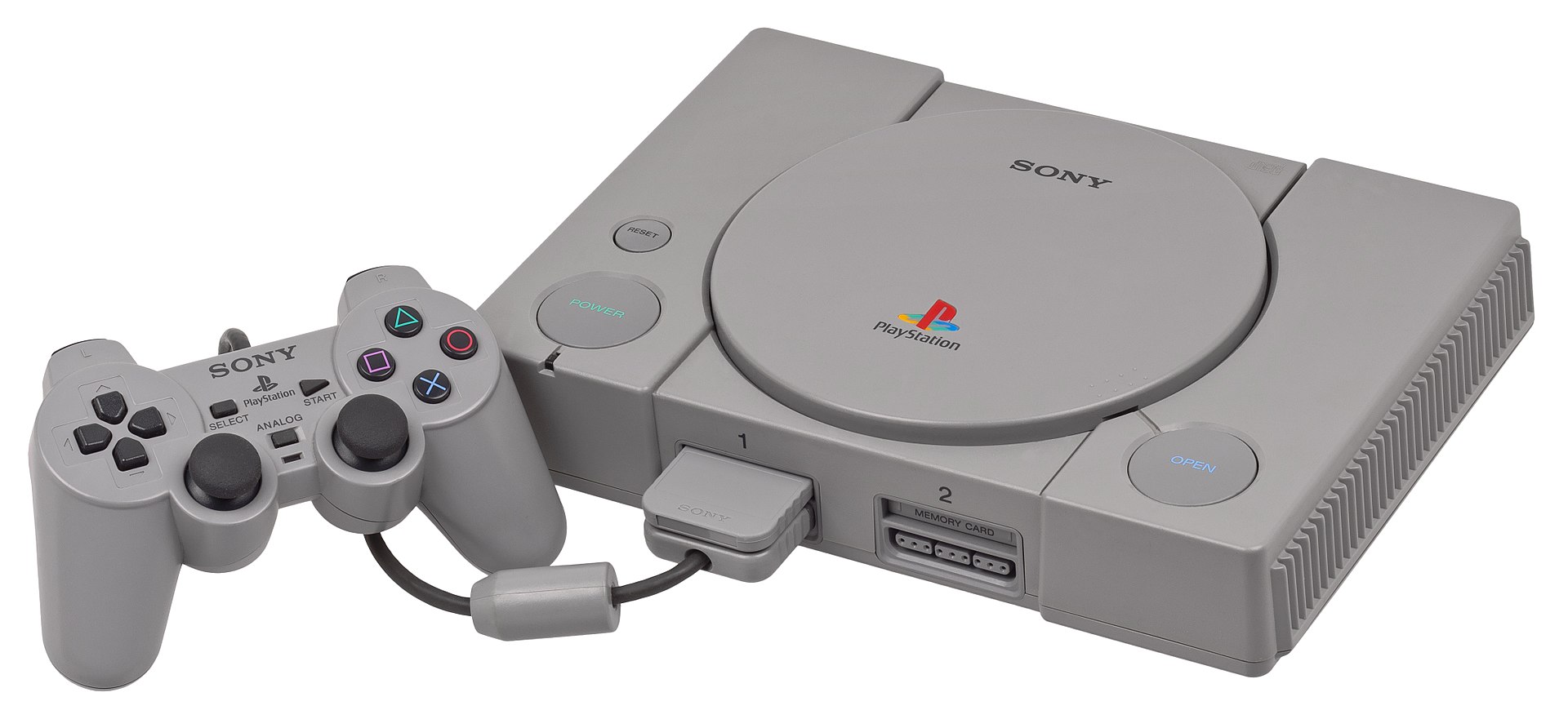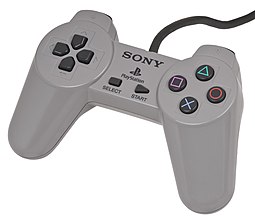
The Sony PlayStation
Officially abbreviated to PS, and commonly known as the PS1 or its codename, PSX is a home video game console developed and marketed by Sony Computer Entertainment. The console was released on 3 December 1994 in Japan, 9 September 1995 in North America, 29 September 1995 in Europe, and 15 November 1995 in Australia. The console was the first of the PlayStation lineup of home video game consoles. It primarily competed with the Nintendo 64 and the Sega Saturn as part of the fifth generation of video game consoles.
The PlayStation is the first "computer entertainment platform" to ship 100 million units, which it had reached 9 years and 6 months after its initial launch. In July 2000, a redesigned, slim version called the PS one was released, replacing the original gray console and named appropriately to avoid confusion with its successor, the PlayStation 2.

The PlayStation 2, which is backwards compatible with the PlayStation's DualShock controller and games, was announced in 1999 and launched in 2000. The last PS one units were sold in late 2006 to early 2007 shortly after it was officially discontinued, for a total of 102 million units shipped since its launch 11 years earlier. Games for the PlayStation continued to sell until Sony ceased production of both the PlayStation and PlayStation games on 23 March 2006 – over 11 years after it had been released, and less than a year before the debut of the PlayStation 3. On 19 September 2018, Sony unveiled the PlayStation Classic, to mark the 24th anniversary of the original console. The new console is a miniature recreation of the original PlayStation, preloaded with 20 titles released on the original console, and was released on 3 December 2018, the exact date the console was released in Japan in 1994.
The inception of what would become the released PlayStation dates back to 1986 with a joint venture between Nintendo and Sony. Nintendo had already produced floppy disk technology to complement cartridges, in the form of the Family Computer Disk System, and wanted to continue this complementary storage strategy for the Super Famicom. Nintendo approached Sony to develop a CD-ROM add-on, tentatively titled the "Play Station" or "SNES-CD". A contract was signed, and work began. Nintendo's choice of Sony was due to a prior dealing: Ken Kutaragi, the person who would later be dubbed "The Father of the PlayStation", was the individual who had sold Nintendo on using the Sony SPC-700 processor for use as the eight-channel ADPCM sound set in the Super Famicom/SNES console through an impressive demonstration of the processor's capabilities. Kutaragi was nearly fired by Sony because he was originally working with Nintendo on the side without Sony's knowledge (while still employed by Sony). It was then-CEO, Norio Ohga, who recognised the potential in Kutaragi's chip, and in working with Nintendo on the project. Ohga kept Kutaragi on at Sony, and it was not until Nintendo cancelled the project that Sony decided to develop its own console.